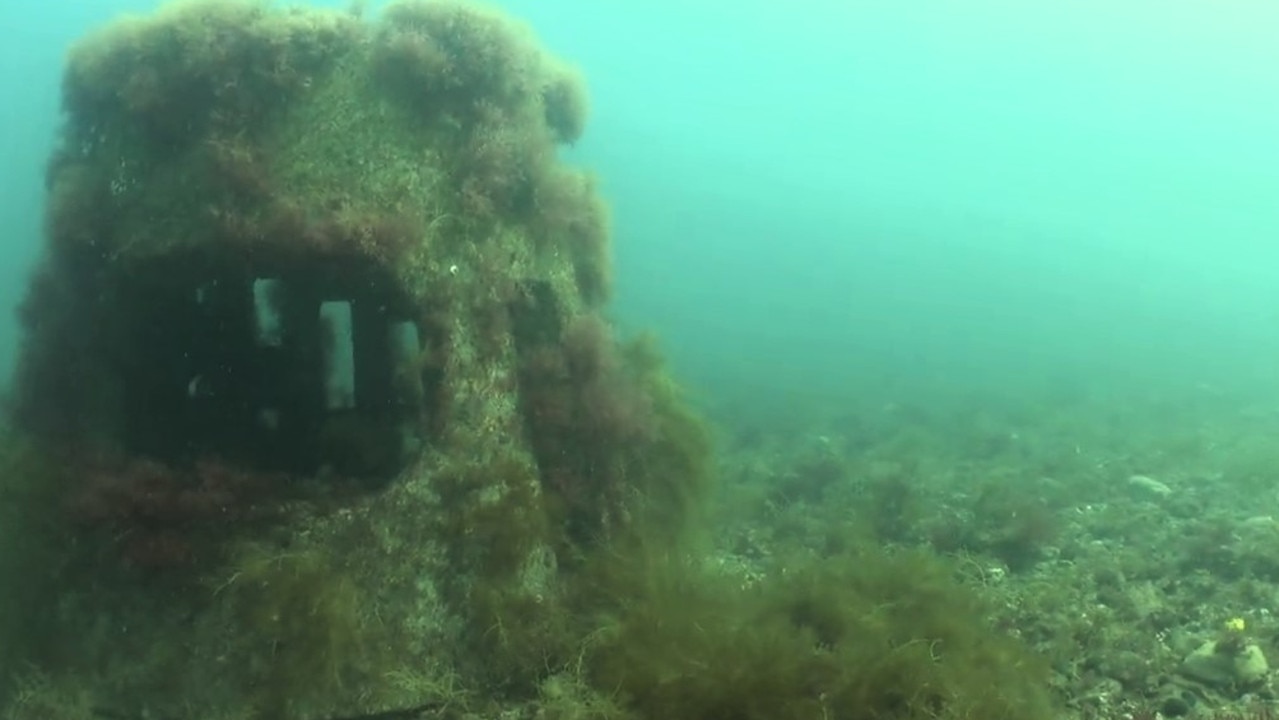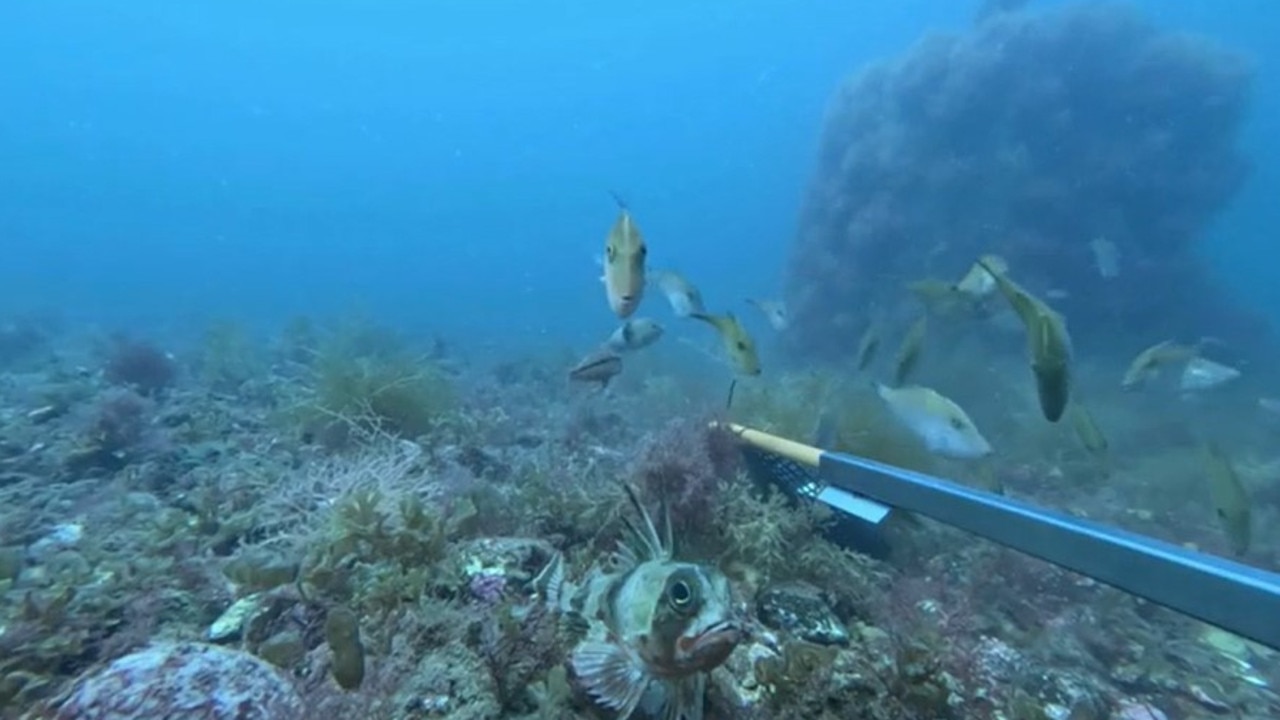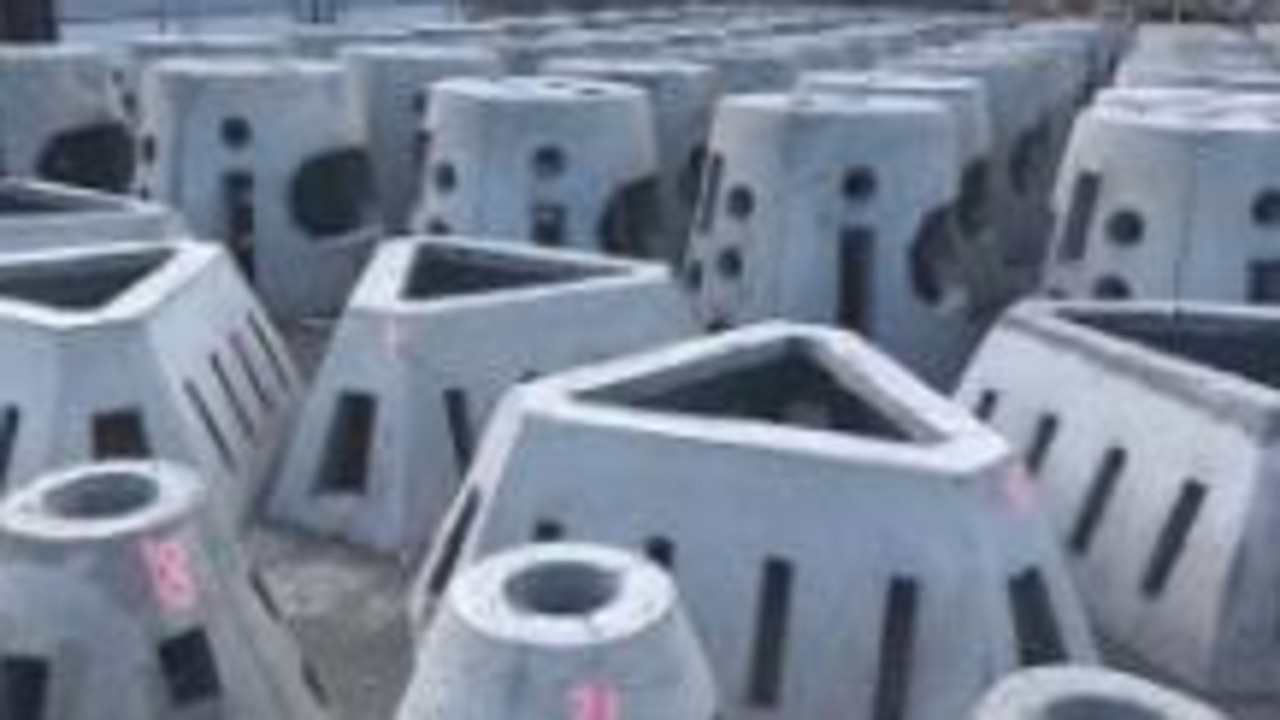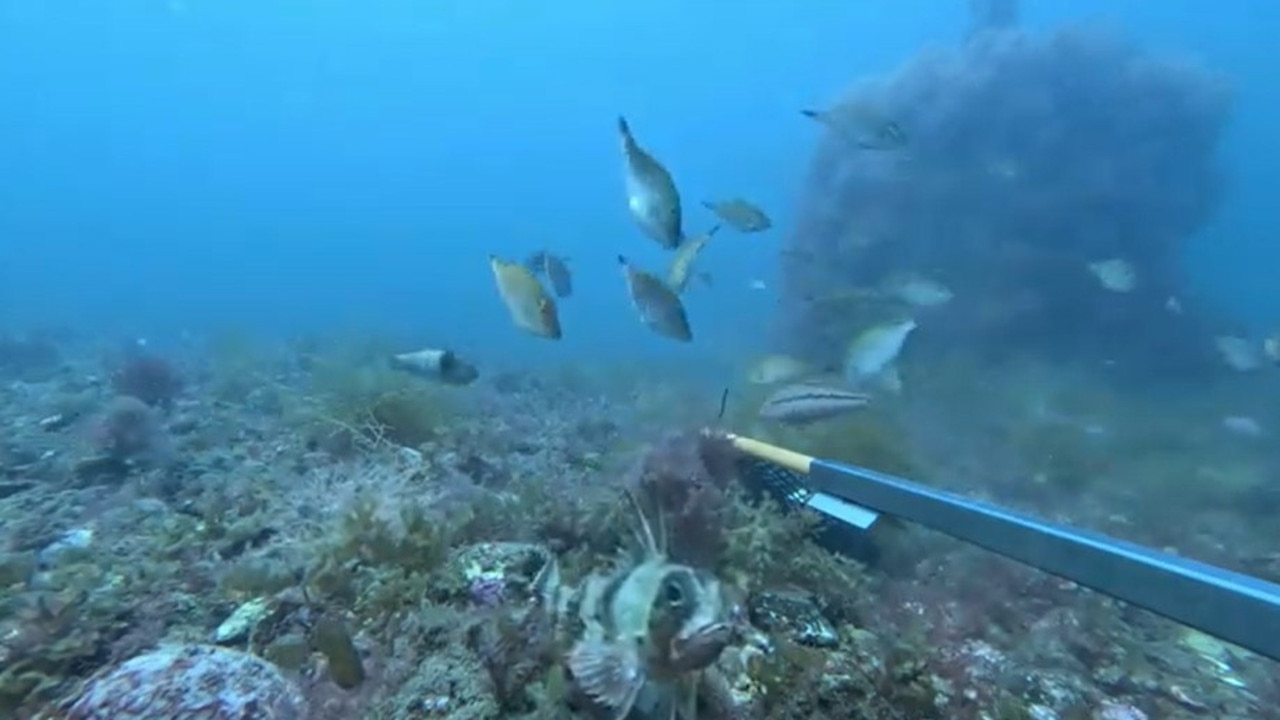IMAS project studies new reef homes for marine species
Two new reefs along Tasmania’s coastline made up of concrete blocks are being studied for their influence on the marine environment. What this could mean for fisheries.

Tasmania
Don't miss out on the headlines from Tasmania. Followed categories will be added to My News.
Two artificial reefs on the state’s north and south coastlines could significantly boost coastal ecosystems and recreational fishing through a Tasmanian-first project.
Researchers from the University of Tasmania’s Institute for Marine and Antarctic Studies (IMAS) are studying artificial reefs installed in the D’Entrecasteaux Channel in 2022 and in 2023 off Turners Beach between Ulverstone and Devonport as part of a partnership with the Tasmanian Government’s Fishing Tasmania department.
Funded partly by the Sustainable Marine Research Collaborative Agreement (SMRCA) and the Australian Government’s Fisheries Research and Development Corporation (FRDC), the reefs were installed as part of a project to provide new recreational fishing opportunities where little natural reef exists using fake reefs to encourage larger fish species to congregate.

The team placed around 150 concrete modules of different sizes and shapes at depths ranging from 10 to 15 meters in the water to create the reefs, with IMAS researchers hoping to return to the artificial reefs with a baited remote underwater video (BRUV) station or Remotely Operated Vehicles (ROVs) to capture the reef’s progress.
IMAS fisheries and aquaculture researcher Dr Sarah Uglade said the reefs posed an exciting opportunity for the marine environment.
“We’re working with the Department of Natural Resources and Environment Tasmania (NRE Tas) and TARFish, the peak body representing recreational marine fishers in Tasmania, to better understand what these artificial reefs bring to Tasmania and the benefits they provide for recreational fishers and other ocean users,” Dr Ugalde said.
“We have found a range of species around the reefs, including the occasional appearance of popular recreational species like Snapper.
“As the reefs become more established, we may see their numbers increase and the possibility of settlement of benthic, or bottom-dwelling, species like abalone.

“By creating a habitat for important fish species, the artificial reefs will support recreational fishing and will be accessible to fishers and divers, and other ocean enthusiasts.”
Dr Ugalde said more study and monitoring of the artificial reefs will help researchers understand how exactly the reefs contribute to the marine environment and ensure the improvement of the modules in the future.
“At the moment, we don’t actually know what artificial reefs do for our unique fish species,” she said.
“This project will work out what benefits artificial reefs bring to Tasmania and ultimately, determine if they are a success.
“What we learn can be used for ongoing management to make sure any benefits for our recreational fishing species are maximised and if we should look at putting more artificial reefs in.”
Dr Ugalde hopes to film the reefs using a 3D camera to capture fish species and combine the footage with virtual reality (VR) headsets.
This can be used alongside BRUV or ROV footage to monitor the ecosystems and species in and around the reefs.

More Coverage
Originally published as IMAS project studies new reef homes for marine species









